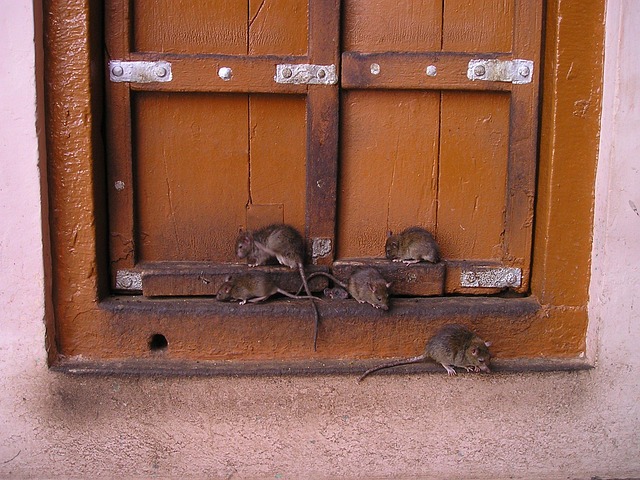Rodents and wildlife are among the most destructive and high-stakes pests that can infest an attic. Unlike insects, these animals can cause significant, rapid structural damage, create fire hazards by chewing on electrical wires and introduce a host of parasites and diseases.
This article, part of our Top-floor tactics: The PMP’s ultimate guide to attic pest management, details the inspection and treatment protocols for rodents and larger wildlife, where a mistake can be costly for both the PMP and the homeowner.
Key takeaways
- High stakes: Rodents and wildlife are high-consequence pests, causing structural damage, soiling insulation and chewing on electrical wires.
- Rodent cues: For rodents (mice, rats, squirrels), look for droppings, gnaw marks, nesting sites and greasy “rub marks” along runways.
- Wildlife cues: For larger wildlife (raccoons, opossums), look for significant structural damage at entry points, larger droppings and signs of latrines.
- Exclusion is key: For both groups, treatment is a two-step process: remove the animals (via trapping, baiting, or one-way doors) and then perform essential, long-term exclusion work.

Rodents (mice, rats and squirrels)
Rodents are a constant threat to structures, using attics for harborage and nesting. Mice, rats and squirrels can all gain access, where they will soil insulation, gnaw on wood and wires and contaminate stored items.
Inspection cues for rodents:
- Droppings: Look for the small, pointed droppings of mice or the larger, capsule-shaped droppings of rats.
- Gnaw marks: Check rafters, joists and any exposed electrical wiring for signs of chewing.
- Nests: Rodents will shred insulation, cardboard and fabrics to create nests.
- Runways: Look for “rub marks,” which are greasy, dark stains left along walls and joists where rodents frequently travel.
- Entry points: Carefully inspect the exterior for small gaps, cracks and holes, especially around utility lines and the roofline.
Treatment strategies for rodents:
- Trapping: Use snap traps, glue boards, or multiple-catch traps, placing them along identified runways and near nesting sites.
- Baiting: If using rodenticide, place bait stations in areas where non-target animals (like squirrels) cannot access them and always follow the label.
- Exclusion: This is the most critical step for long-term control. Seal all identified entry points (dime-sized for mice, quarter-sized for rats) with pest-proof materials like steel wool, metal flashing, or hardware cloth.
Wildlife (raccoons and opossums)
Larger wildlife, such as raccoons and opossums, can cause massive structural damage to gain entry to an attic. They can tear off soffit panels, rip through roof vents and destroy insulation once inside.
Inspection cues for wildlife:
- Structural damage: Look for large, obvious holes in the roofline, soffits or vents.
- Droppings: Wildlife droppings are significantly larger than rodent droppings. Raccoons often create “latrines” in specific areas.
- Tracks: Check for footprints in dusty areas of the attic or on the roof.
- Noises: Clients will often report hearing “thumping,” scratching, or vocal noises, which are key indicators of larger animals.
Treatment strategies for wildlife
- Live trapping: Use cage traps to capture the animal. This requires detailed knowledge of local and state regulations for trapping and removal.
- One-way doors: Install one-way exclusion devices over the primary entry point. This allows the animal to leave but prevents it from re-entering.
- Exclusion and repair: After the animal is gone, the final, non-negotiable step is to repair all damage and seal the entry points with heavy-duty materials (like sheet metal) to prevent future entry.
Conclusion
Managing rodents and wildlife in attics demands a high level of technical skill. It is a multi-step process that goes beyond simple pest removal. A successful strategy must include a thorough inspection, a safe removal plan and, most importantly, a robust exclusion and repair plan to provide a permanent solution for the client.
Explore the full attic pest guide
This article is the central hub for our complete guide to attic pests. Dive deeper into specific control strategies for the pests you encounter most often.
- Attic pest guide (Part 1): Wood-destroying insects
- Attic pest guide (Part 2): common and fabric pests
- Attic pest guide (Part 3): Stinging and fall-invading pests
- Attic pest guide (Part 4): Rodents and wildlife
- Attic pest guide (Part 5): Birds and associated pests
- Attic pest guide (Part 6): Six reasons why pests love attics
Leave A Comment